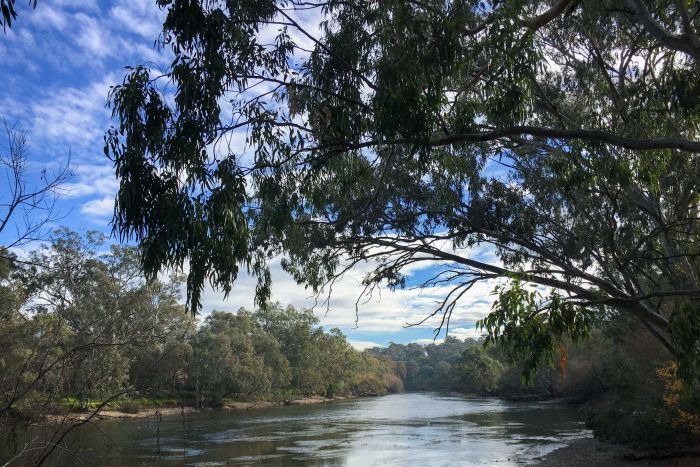‘Wonderful’ flows prompt removal of Lower Darling River temporary dams

Temporary earthwork dams along the Lower Darling will be removed in coming weeks to ensure powerful river flows can flush all the way down to the Murray.
NSW Water Minister Melinda Pavey said four so-called “block banks” were built just over a year ago to ensure emergency supplies of water remained for critical stock and domestic use when the system began drying up.
“These banks performed remarkably well and ensured an additional citrus and grape harvest for local farmers could be achieved in 2019,” Ms Pavey said.
 As the Herald reported on Wednesday, good rains in NSW and Queensland in January and February backed by an embargo on water extraction created flows along the Barwon-Darling that are finally reaching Menindee Lakes at the rate of about 10 gigalitres a day.
As the Herald reported on Wednesday, good rains in NSW and Queensland in January and February backed by an embargo on water extraction created flows along the Barwon-Darling that are finally reaching Menindee Lakes at the rate of about 10 gigalitres a day.
The block banks were not designed to withstand the flow rates that are needed if the Lower Darling is to be safely flushed all the way down to Wentworth on the Murray, about 230 kilometres.
“It’s wonderful for the local community to see water flowing down the river again,” Ms Pavey said. “These flows will allow for the lifting of restrictions in the Lower Darling – restrictions that have been in place for two years.”
Cameron Lay, a habitat manager with the fisheries unit of the Department of Primary Industries, said he “was amazed at how resilient these systems are”.
Everything from insects and frogs to large schools of fish are appearing soon after the flows arrive, he said.
Rescuers saved about 1400 fish – mostly Murray cod and some golden perch – from the Darling River as it dried up.
Many were taken to the Fisheries hatchery hundreds of kilometres away at Narrandera, where they will be kept for five years for breeding.
Teams will take fingerlings from the hatchery back to the Darling in spring, if conditions are right, Mr Lay said.
Researchers will stain the bones of the fish to see where they travel and how they fare.
“Inflows are being captured in Lake Wetherell, the most efficient storage in the system, with up to 250 gigalitres expected to arrive at Lake Wetherell over the coming months,” Ms Pavey said.
“It means there is sufficient water to restart the parched Lower Darling and keep it running to the Murray for more than 12 months,” she added.
Originally published by The Sydney Morning Herald, 12 March 2020.
